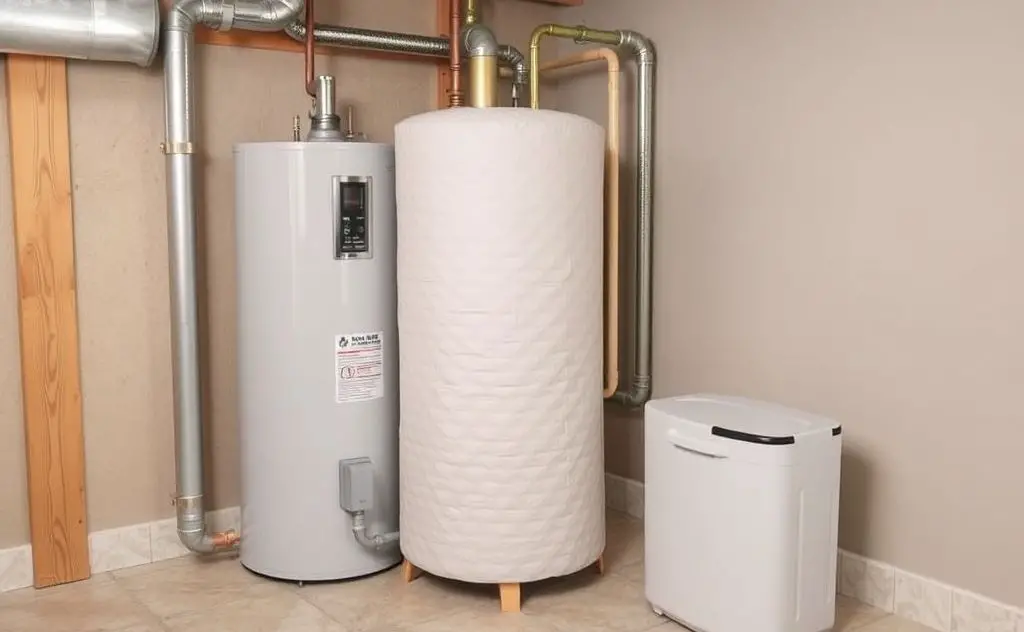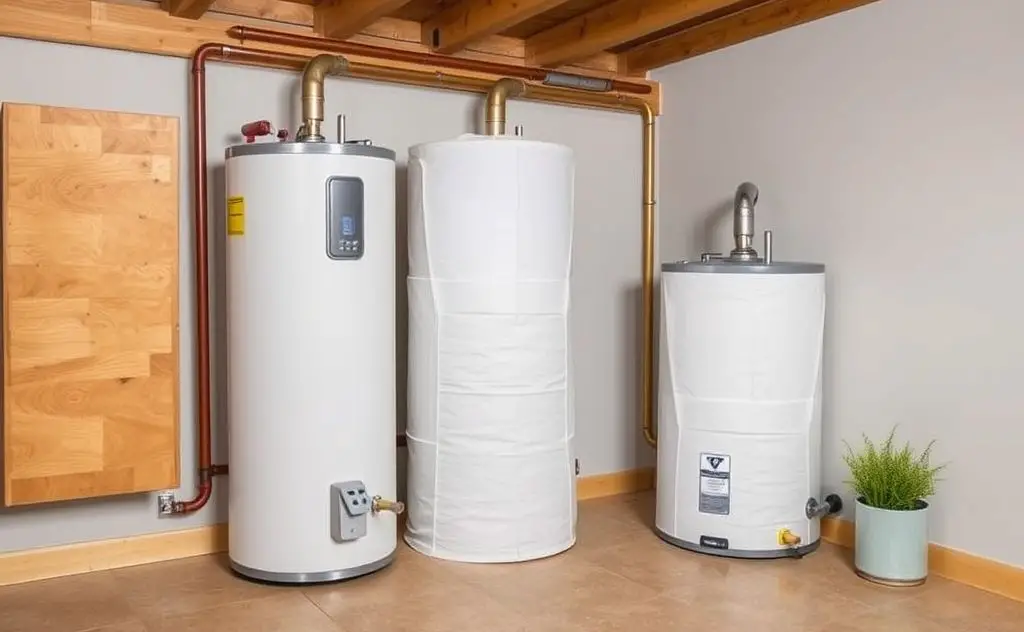Hot water heater blankets are worth it as they improve energy efficiency, reduce heat loss, and can lower energy bills by maintaining optimal temperatures.
Hot water heater blankets promise energy savings, but are they worth the investment? This guide explores their effectiveness, installation tips, and potential drawbacks to help you decide.

How Water Heater Blankets Work
Water heater blankets are insulation wraps that reduce heat loss from your tank. They work by:
- Slowing heat transfer to surrounding air
- Reducing how often your heater cycles on
- Maintaining water temperature more efficiently
According to the U.S. Department of Energy, properly installed blankets can reduce standby heat losses by 25-45%.
When Blankets Make Sense
Blankets work best on:
- Older electric water heaters (pre-2004 models)
- Tanks with R-values below 24
- Units in unheated spaces like garages

Potential Energy Savings
| Heater Type | Potential Savings |
|---|---|
| Electric (older) | 7-16% on water heating costs |
| Electric (newer) | 4-9% with additional bottom insulation |
| Gas | Minimal (most heat escapes through flue) |
Calculating Your Savings
To estimate potential savings:
- Check your energy bill for water heating costs
- Multiply by 0.07 to 0.16 (for electric heaters)
- Compare to blanket cost ($20-$50)
Installation Guide
Follow these steps for proper installation:
Materials Needed
- Insulation blanket (R-8 to R-11 recommended)
- Measuring tape
- Utility knife
- Duct tape or foil tape
Safety First
For electric heaters, turn off power at the breaker. For gas units, ensure you don’t cover vents or controls.
Step-by-Step Process
- Measure tank height and cut blanket if needed
- Wrap blanket around tank, avoiding controls
- Mark and cut openings for access panels
- Secure with tape, ensuring no gaps
When to Avoid Blankets
Blankets may not be suitable for:
- Newer water heaters (built after 2004)
- Tankless water heaters
- Gas heaters (can create safety hazards)
- Units with leaks (replace instead)
Manufacturer Warnings
Many newer models warn against blankets as they can:
- Void warranties
- Block safety warnings
- Overheat electrical components
Alternative Energy-Saving Tips
Consider these options if blankets aren’t right for you:
For Electric Heaters
- Install a programmable thermostat
- Add pipe insulation to hot water lines
- Lower temperature to 120°F
For Gas Heaters
- Install heat traps on pipes
- Consider a tankless replacement
- Insulate surrounding walls
According to The Dollar Stretcher, combining multiple efficiency measures can maximize savings.
Final Considerations
Before installing a blanket:
- Check local building codes
- Consult your utility company for rebates
- Consider professional installation if unsure
For most older electric water heaters in unheated spaces, blankets offer a quick payback period of 6-12 months. Newer models or gas heaters typically see minimal benefits.

